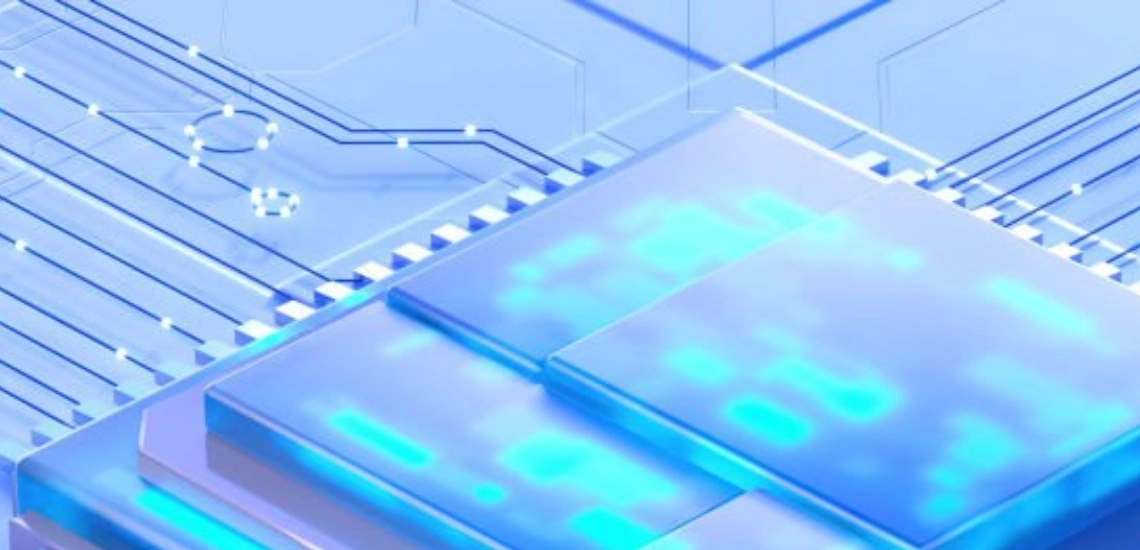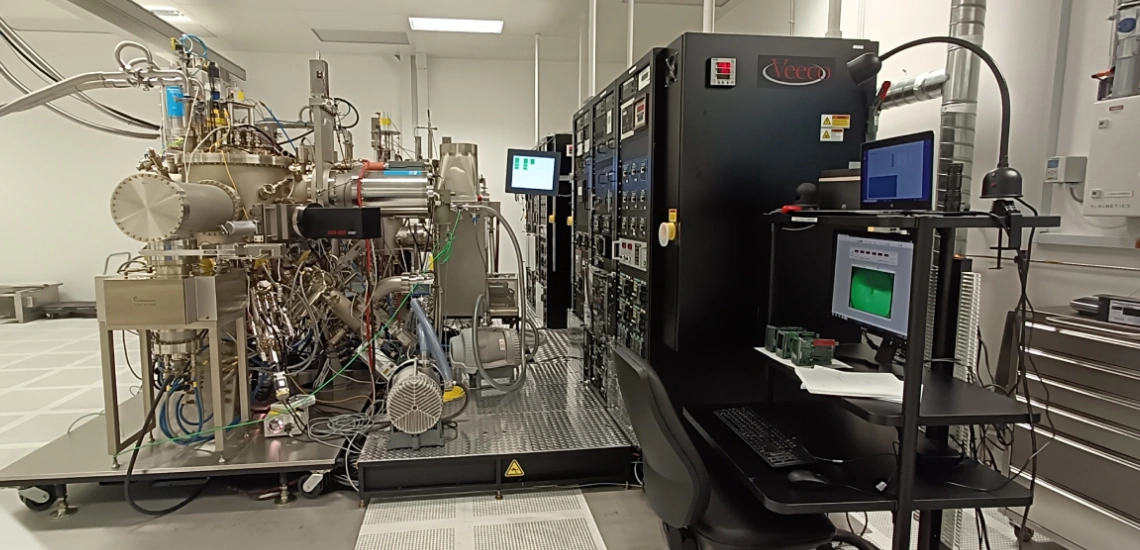The world’s insatiable demand for faster, smaller, and more powerful chips hinges on the intricate ballet of semiconductor manufacturing. This symphony of precision requires a conductor – and increasingly, that conductor is automation. From meticulous preventive maintenance to seamless tool installation, automation ensures the smooth flow of this critical process. But the performance doesn’t stop there. Automation tackles unexpected hiccups with swift corrective maintenance and keeps the music playing by facilitating efficient tool upgrades. In this blog post, we’ll delve into these key features, exploring how automation orchestrates a flawless performance in the heart of the chip revolution.
1. Preventive Maintenance (PM)
The cornerstone of a well-oiled fab is a robust PM program. Automated systems excel at:
- Scheduled Maintenance Tasks: Robots can perform routine cleaning, lubrication, and part replacement, ensuring equipment longevity and reducing downtime.
- Automated Monitoring: Sensors and real-time data acquisition are crucial for proactive maintenance. Automated systems can continuously monitor equipment parameters like vibration, temperature, and power consumption, identifying potential issues before they snowball into production stoppages.
- Predictive Analytics: Leverage machine learning algorithms to analyze historical data and predict equipment failures. This allows for preventive maintenance scheduling, optimizing resource allocation and minimizing downtime.
- Automated Cleaning and Calibration: Regular cleaning and calibration are essential for maintaining process integrity. Automated systems can perform these tasks consistently and precisely, minimizing human error and ensuring optimal equipment performance.
2. Tool Installation
Installing complex semiconductor equipment is a delicate dance. Automation brings precision and efficiency to this process:
- Automated Guided Vehicles (AGVs): These self-driving robots safely transport heavy equipment within the fab.
- Automated Tool Loading/Unloading: Robots can precisely load and unload wafers into complex processing tools, minimizing human error and contamination risk.
- Robotic Arms: For complex tools with intricate loading procedures, robotic arms can precisely position wafers and other components. This minimizes human intervention in critical areas, enhancing process repeatability and yield.
- Automated Recipe Management: Automated systems can seamlessly integrate new tools into the manufacturing flow by managing recipe downloads and configuration settings. This streamlines installation and reduces the potential for human error.
3. Corrective Maintenance
Even with PM, issues arise. Automation helps in:
- Robotic Repair Assistance: Robots can assist technicians in repairs by fetching parts, holding tools, or performing tasks in hazardous environments.
- Remote Diagnostics: Advanced systems allow for remote monitoring and troubleshooting of equipment issues. This minimizes the need for on-site intervention by engineers, saving time and resources.
- Automated Fault Isolation: Automated diagnostics can pinpoint the root cause of equipment failures rapidly. This allows for targeted repairs, minimizing downtime and expediting recovery.
- Automated Reporting: Real-time logging of maintenance activities and fault data provides valuable insights. This data can be used to improve future maintenance strategies and optimize equipment performance.
4. Tool Upgrades
The relentless march of technology demands constant improvement. Automation facilitates:
- Automated Recalibration: After upgrades, robots can perform automated recalibration of the tool, ensuring continued accuracy and precision.
- Modular Design: Highly modular equipment allows for easy swapping of components during upgrades. This minimizes downtime and simplifies the upgrade process.
- Automated Software Updates: Software updates that improve tool functionality or address bugs can be deployed automatically, ensuring all equipment operates on the latest version.
- Virtual Prototyping: Advanced simulation tools allow for virtual testing of potential upgrades before implementation. This minimizes risks associated with physical modifications and optimizes upgrade effectiveness.
The Benefits Beyond
Automation goes beyond these core features. It improves worker safety by minimizing exposure to harsh chemicals and environments. It also enables real-time data collection, allowing for continuous process optimization and yield improvement.
Semiconductor manufacturing automation is on a continuous evolutionary path. We can expect advancements in areas like:
- Machine Learning and AI: For even more predictive maintenance and real-time process control.
- Collaborative Robotics (Cobots): For seamless human-machine interaction in complex tasks.
Automation is the lifeblood of modern semiconductor manufacturing. By understanding these key features, fabs can ensure smooth operations, maintain a competitive edge, and keep the future of technology flowing.
By implementing these features, semiconductor manufacturers can achieve significant benefits:
- Increased Throughput: Automation streamlines processes and minimizes human intervention, leading to faster production cycles.
- Enhanced Yield: Reduced human error and improved process control contribute to higher yields of high-quality chips.
- Improved Safety: Automation removes humans from hazardous environments associated with certain processes.
- Reduced Costs: Preventive maintenance and optimized resource allocation minimize downtime and production losses.
In conclusion, by carefully considering the features outlined above, manufacturers can ensure their facilities operate at peak efficiency, delivering the high-performance chips that power our ever-evolving technological landscape.





